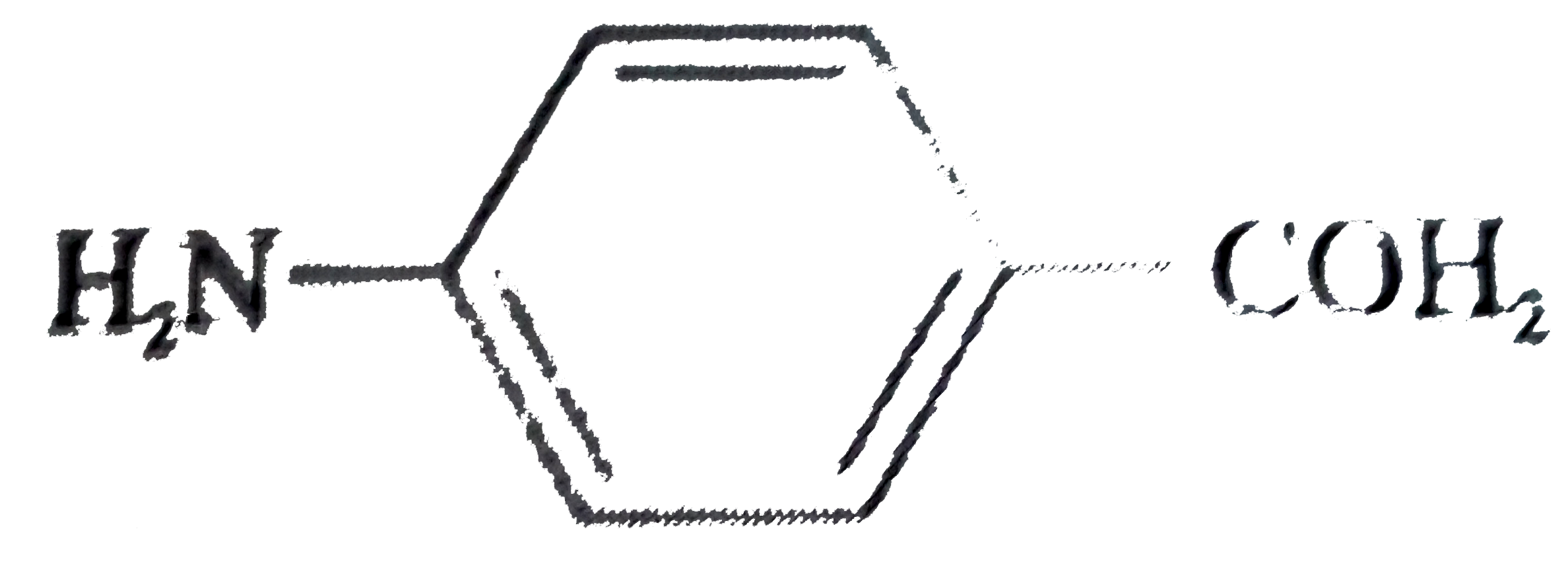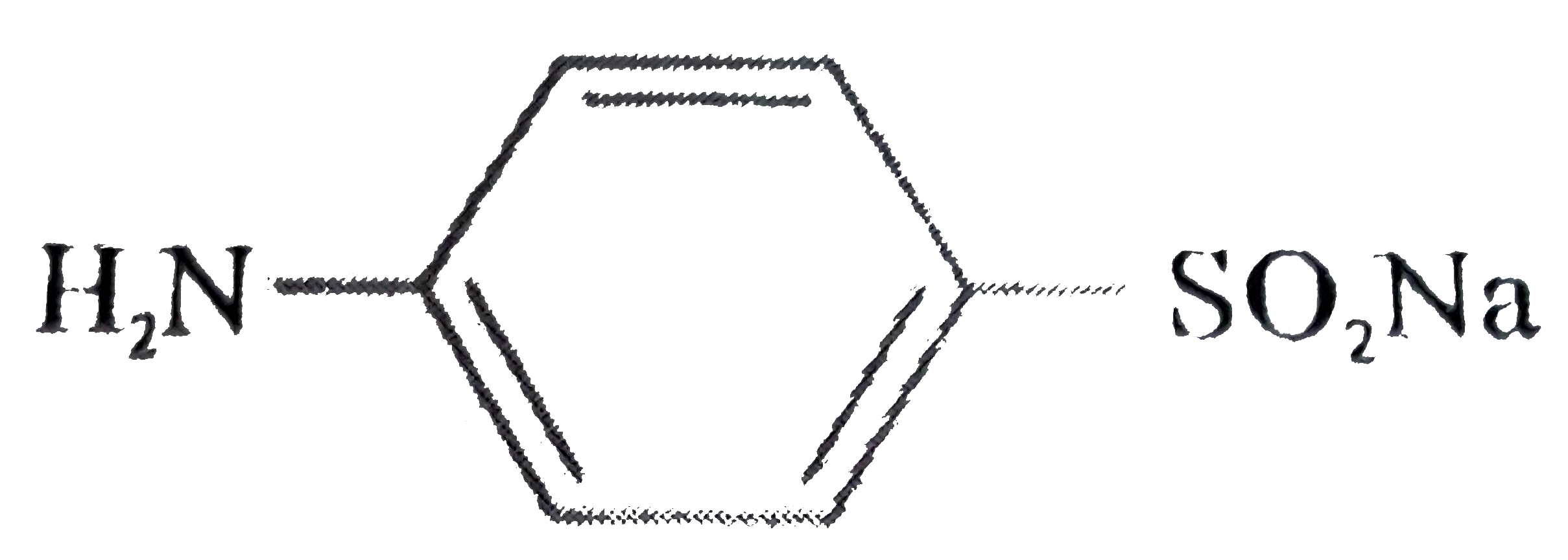Three students, Manish, Ramesh and Rajini were determining the extra elements present in an organic compound given by their teacher. They prepared the Lassaigne's extract (L.E.) independently by the fusion of the compound with sodium metal. Then they added solide FeSO4 and dilute sulphuric acid to a part of Lassaigne's extract. Manish and Rajni obtained prussian blue colour but Ramesh got red colour.
Ramesh repeated the test with the same Lassaigne's extract, but again got red colour only. They were surprised and went to their teacher and told him about their observation. Teacher asked them to think over the reason for this. Can you help them by giving the reason for this observation. Also, write the chemical equations to explain the formation of compounds of different colour.
Text Solution
If the organic compound contains both N and S, then while fusion it may for form either a mixture of sodium cyanide (NaCN) and sodium sulphide (Na2S) or sodium thiocyanate (NaSCN) depending on the amount of Na metal used.
If less sodium metal is used, only NaSCN is obtained.
This then gives red colour on reacting with Fe3+ ions (produced by oxidation of Fe2+ ions while preparing Lassaigne's extract) due to the formation of ferric thiocyanate.
F2+Aerial oxidation−−−−−−−−→Fe3+
Fe3++3NaSCN→Fe(SCN)3Ferric thicyanate(red)+3Na+
In case, excess of sodium metal is used, the intially formed sodium thicoyanate decomposes as follows.
NaSCNSodiumthiocyanate+2NaΔ−−→NaCNSodiumcyanide+Na2Ssodiumsulphide
This NaCN then reacts with FeSO4,Fe3+ ions and NaCN, it given prussian blue colour due to the formation of ferric ferrocyanide or iron (III) hexacyanoferrate (II).
2NaCN+FeSO4→Na2SO4+Fe(CN)2
Fe(CN)2+4NaCN→Na4[Fe(CN)6]sodium hexacyano -ferrate (II)
On the basis of above results, it is clear that Ramesh used less sodium and hence NaSCN formed in the Lassaigne's extract which gave red colouration due to Fe(SCN)3 formation while Manish and Rajni used excess sodium and hence NaCN formed in the Lassaigne's extract which gave prussian blue colour of Fe4[Fe(CN)6]
|
Topper's Solved these Questions
- ORGANIC CHEMISTRY : SOME BASIC PRINCIPLES AND TECHNIQUESBook:NCERT EXEMPLAR ENGLISHChapter:ORGANIC CHEMISTRY : SOME BASIC PRINCIPLES AND TECHNIQUESExercise:Matching the columns
Explore 5 Videos
- ORGANIC CHEMISTRY : SOME BASIC PRINCIPLES AND TECHNIQUESBook:NCERT EXEMPLAR ENGLISHChapter:ORGANIC CHEMISTRY : SOME BASIC PRINCIPLES AND TECHNIQUESExercise:Assertion and Reason
Explore 6 Videos
- ORGANIC CHEMISTRY : SOME BASIC PRINCIPLES AND TECHNIQUESBook:NCERT EXEMPLAR ENGLISHChapter:ORGANIC CHEMISTRY : SOME BASIC PRINCIPLES AND TECHNIQUESExercise:Long Answer type question
Explore 6 Videos
- HYDROGENBook:NCERT EXEMPLAR ENGLISHChapter:HYDROGENExercise:LONG ANSWER TYPE QUESTIONS
Explore 8 Videos
- REDOX REACTIONSBook:NCERT EXEMPLAR ENGLISHChapter:REDOX REACTIONSExercise:LONG ANSWER TYPE QUESTIONS
Explore 6 Videos
Similar Questions
Knowledge Check
In the Lassaigne's test for nitrogen in an organic compound, the Prussian blue colours is obtained due to the formation of:
ANa4[Fe(CN)6]BFe4[Fe(CN)6]3CFe[Fe(CN)6]DFe[Fe(CN)6]6Which of the following organic compound will give red colour in Lassaigne's test?
AC6H5CNB CNH2−O∣∣C−NH2D
CNH2−O∣∣C−NH2D
In the Lassaigne's test for nitrogen in an organic compound, the Pressian blue colour is obtained due to the formation of :
ANa4[Fe(CN)6]BFe4[Fe(CN)6]3CFe2[Fe(CN)6]DFe3[Fe(CN)6]4.
The compound that does not give a blue colour in Lassaigne's test is
View SolutionThe prussian blue colour obtained during the test of nitrogen by Lassaigne's test is due the formation of :
View SolutionThe prussian blue colour obtained durign the test of nitrogen by Lassaigne's test is due to the formatio of:
View SolutionThe compound that does not give a blue colour is Lassaigne's test is
View SolutionThe compound that does not give a blue colour in Lassaigne's test is
View Solution
